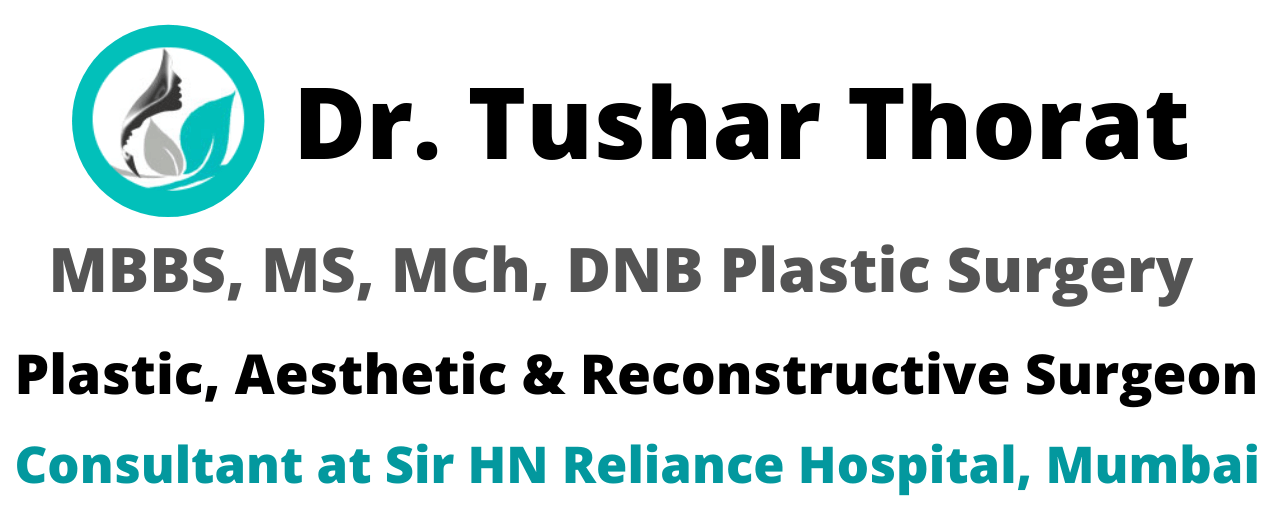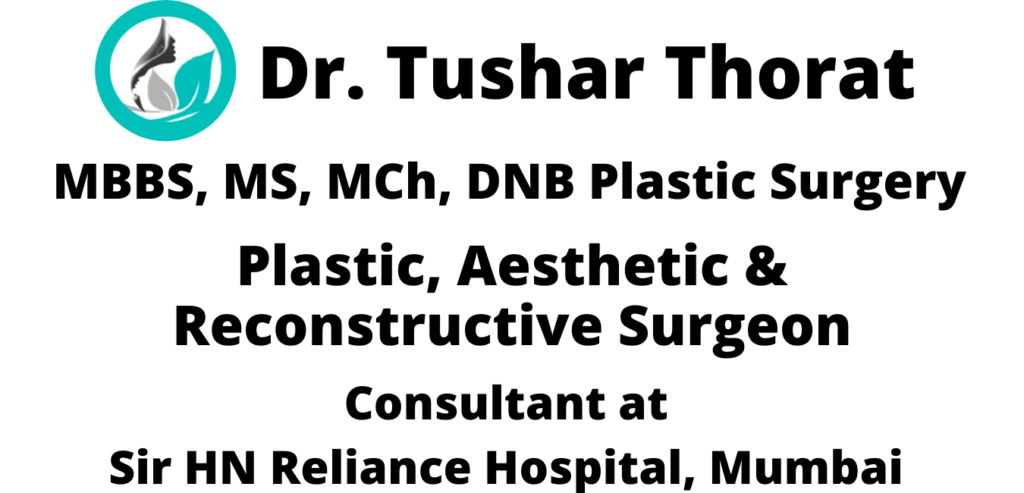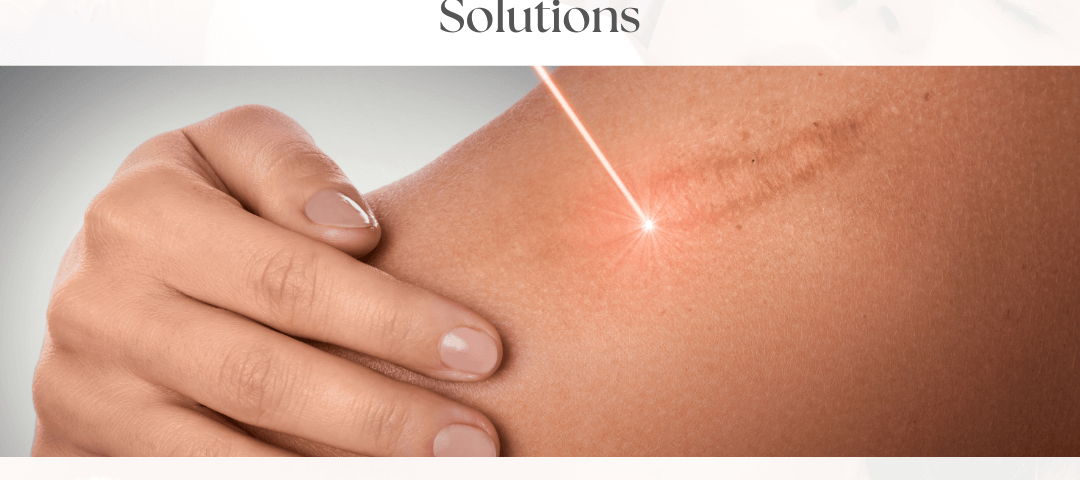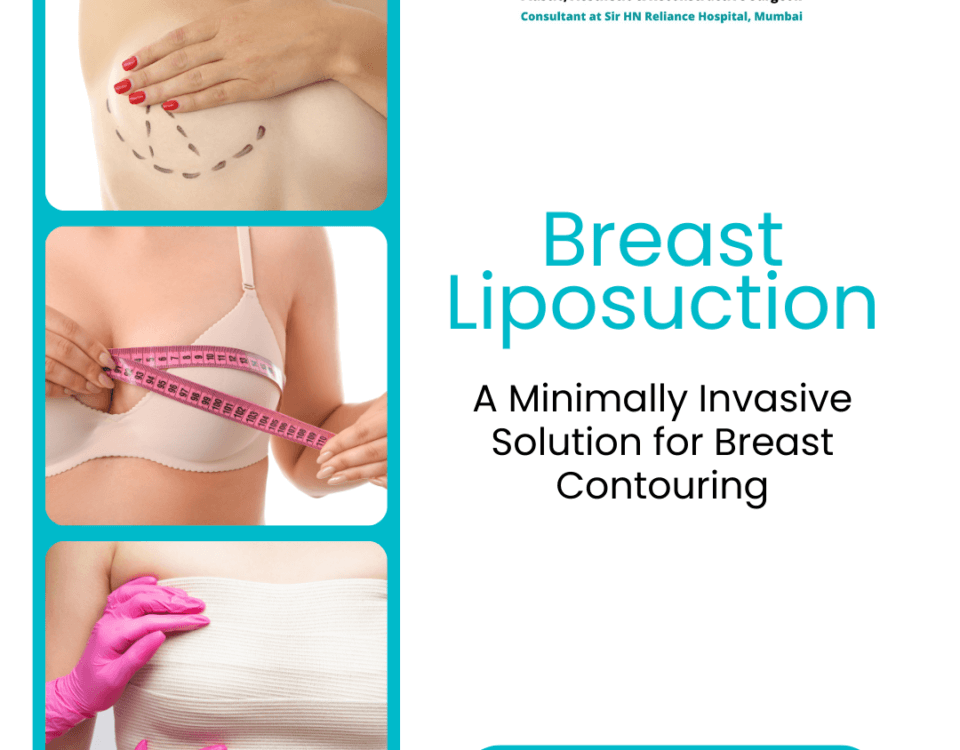Scars are a natural part of the healing process, resulting from injuries, surgeries, or skin conditions like acne. While they signify recovery, scars can sometimes affect self-esteem and confidence. Fortunately, various treatments can minimize or even eliminate the appearance of scars, restoring smoother skin. This guide delves into effective scar removal options, addressing common questions and concerns.
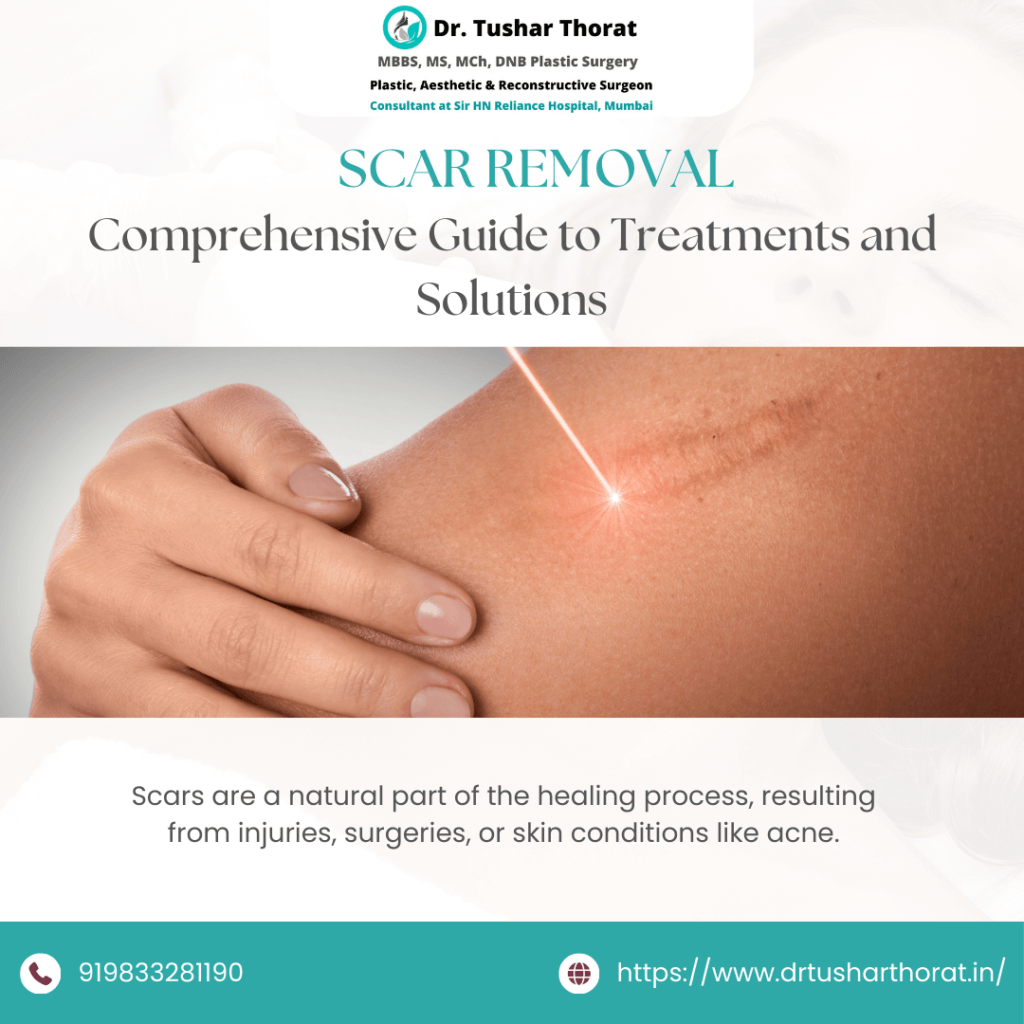
Understanding Scars: Types and Causes
Before exploring treatment options, it’s essential to understand the different types of scars:
- Hypertrophic Scars: Raised, red scars that remain within the boundaries of the original wound.
- Keloid Scars: Thick, raised scars that extend beyond the original injury site, often growing over time.
- Atrophic Scars: Depressed scars, commonly resulting from acne or chickenpox.
- Contracture Scars: Tight, often restricting movement, these scars typically result from burns.
Each scar type may require a tailored treatment approach for optimal results.
Topical Treatments: First Line of Defense
For minor scars, over-the-counter (OTC) and prescription topical treatments can be effective:
- Silicone Gels or Sheets: These create a protective barrier, hydrating the scar tissue and reducing its appearance over time. citeturn0search11
- Steroid Creams: Help flatten and reduce redness in hypertrophic and keloid scars. citeturn0search0
- Alpha Hydroxy Acids (AHAs): Promote exfoliation and can improve the texture of atrophic scars.
Medical Procedures for Scar Removal
For more pronounced scars, medical interventions may be necessary:
1. Laser Therapy
Laser treatments use focused light to reduce scar tissue and promote healthy skin regeneration. Different lasers target various scar types:
- Ablative Lasers: Remove layers of skin, suitable for deeper scars.
- Non-Ablative Lasers: Stimulate collagen production without removing skin layers, ideal for less severe scars.
Laser therapy is effective but often requires multiple sessions for optimal results. citeturn0search5
2. Chemical Peels
Involves applying a chemical solution to exfoliate the top skin layers, promoting new, smoother skin growth. Effective for superficial scars, multiple treatments may be needed. citeturn0search20
3. Microneedling
This procedure uses fine needles to create micro-injuries in the skin, stimulating collagen production and improving the appearance of atrophic scars.
4. Dermal Fillers
Injecting substances like hyaluronic acid beneath depressed scars can raise them to the level of surrounding skin, offering temporary improvement. citeturn0search20
5. Steroid Injections
Directly injecting corticosteroids into hypertrophic or keloid scars can reduce inflammation and flatten their appearance over time. citeturn0search17
6. Surgical Revision
Involves removing the scar tissue and rejoining the skin, aiming for a less noticeable scar. Often combined with other treatments for enhanced results. citeturn0search2
Natural Remedies: Complementary Approaches
While medical treatments are often more effective, some individuals opt for natural remedies:
- Aloe Vera: Known for its healing properties, it may soothe and improve scar appearance.
- Honey: Its moisturizing effect can aid in tissue regeneration.
- Lemon Juice: Contains natural acids that might lighten scars, though caution is advised due to potential skin irritation.
It’s essential to consult with a dermatologist before relying solely on natural remedies, especially for significant scars.
Factors Influencing Treatment Choice
Selecting the appropriate scar treatment depends on various factors:
- Scar Type and Severity: Deeper or more pronounced scars may require more intensive treatments.
- Skin Type: Certain treatments may pose risks for individuals with darker skin tones, such as pigmentation changes.
- Age of the Scar: Newer scars might respond better to treatments than older ones.
- Overall Health: Conditions like diabetes can affect healing and treatment outcomes.
Frequently Asked Questions
Q: Can scars be completely removed?
A: While many treatments can significantly reduce the appearance of scars, complete removal is rare. The goal is often to make the scar less noticeable.
Q: Are over-the-counter products effective for all scar types?
A: OTC products can be effective for minor scars but may not yield significant results for deeper or more severe scarring.
Q: Is laser treatment painful?
A: Patients may experience mild discomfort during laser procedures, often described as a snapping sensation against the skin. Topical anesthetics are typically used to minimize discomfort.
Q: How long does it take to see results from scar treatments?
A: The timeline varies depending on the treatment type and scar severity. Some treatments show improvement within weeks, while others may take several months.
Q: Are there any side effects associated with scar treatments?
A: Potential side effects can include redness, swelling, pigmentation changes, and, in rare cases, infection. It’s crucial to discuss risks with a qualified professional before proceeding.
